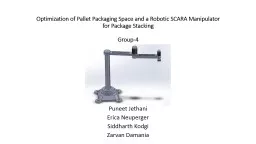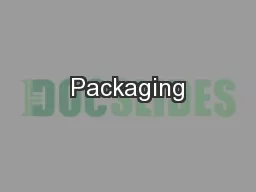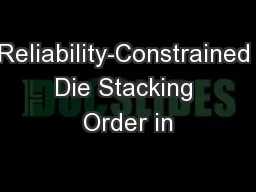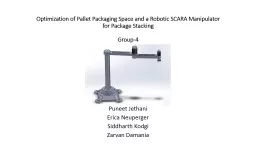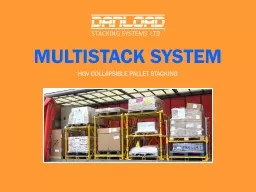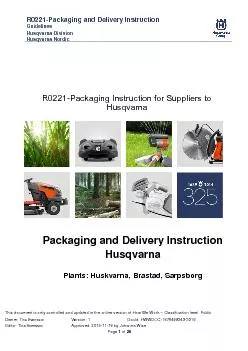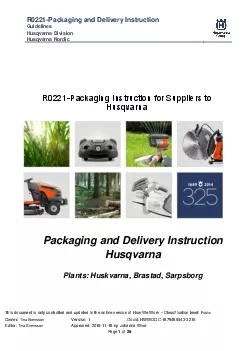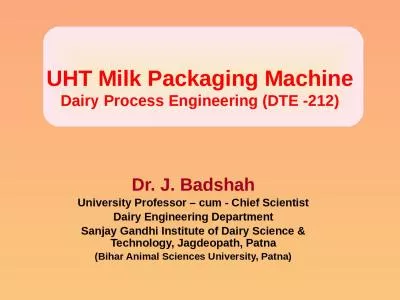PPT-Optimization of Pallet Packaging Space and a Robotic SCARA Manipulator for Package Stacking
Author : luanne-stotts | Published Date : 2018-11-07
Group4 Puneet Jethani Erica Neuperger Siddharth Kodgi Zarvan Damania Abstract and Inspiration for the Idea The number of robotic manipulators used in industry
Presentation Embed Code
Download Presentation
Download Presentation The PPT/PDF document "Optimization of Pallet Packaging Space a..." is the property of its rightful owner. Permission is granted to download and print the materials on this website for personal, non-commercial use only, and to display it on your personal computer provided you do not modify the materials and that you retain all copyright notices contained in the materials. By downloading content from our website, you accept the terms of this agreement.
Optimization of Pallet Packaging Space and a Robotic SCARA Manipulator for Package Stacking: Transcript
Download Rules Of Document
"Optimization of Pallet Packaging Space and a Robotic SCARA Manipulator for Package Stacking"The content belongs to its owner. You may download and print it for personal use, without modification, and keep all copyright notices. By downloading, you agree to these terms.
Related Documents

